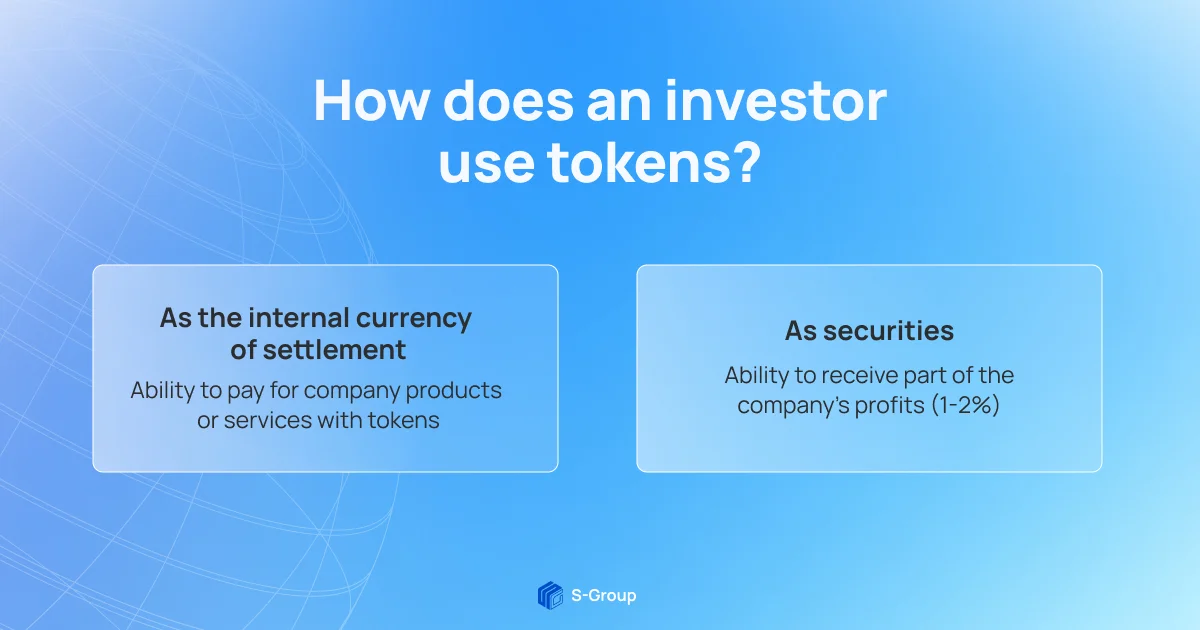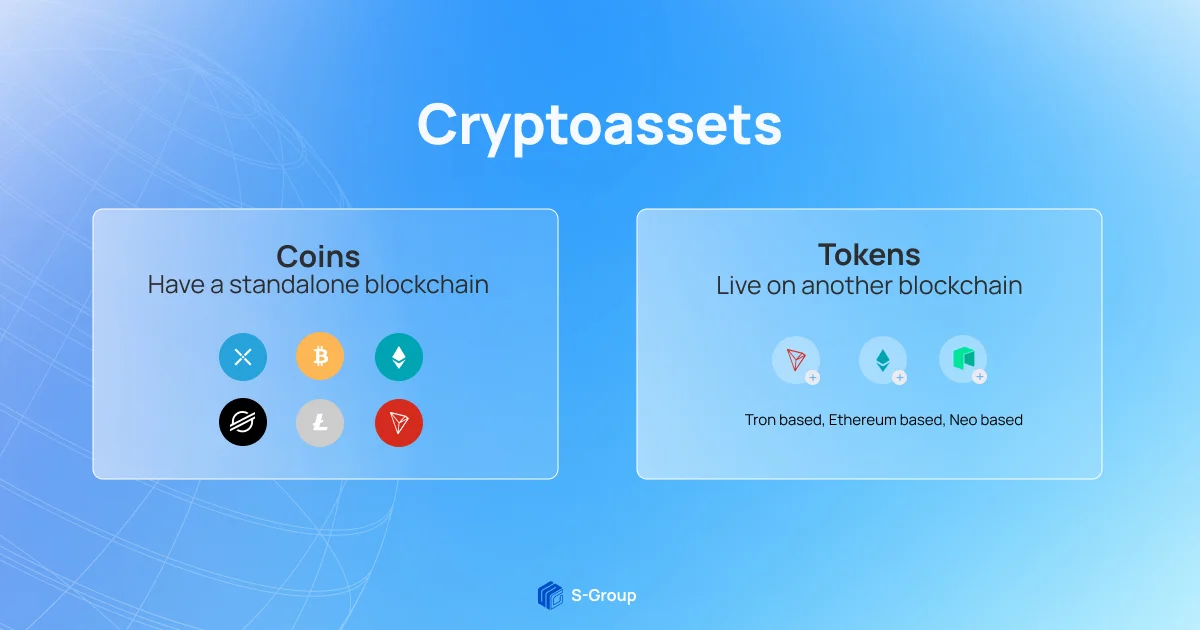Token: what it is and why use it

The history of the first token began in Great Britain in the 17th century. Settlers created their own “tokens” and exchanged them for goods and products. But they could only use tokens as a means of payment within their settlement. Later tokens were issued by merchants, entrepreneurs, and banks due to the shortage of public money.
In the realm of cryptocurrency, a token is a kind of token for which you can get a certain service or product. To illustrate, let's take an example of an amusement park. When you enter the park, you buy a token or ticket, which you use to pay for entertainment. But it is valid for one park.
This is also how a token works — you can only pay with it for services or goods of the company from which you purchased it. It is a digital asset that an investor buys from the issuer of the token.
Why tokens are needed and how they are used
In the cryptocurrency world, a token is inextricably linked to an ICO (initial coin offering or initial coin offering). Whereas on the stock exchange, companies go out for an IPO to get investments, the crypto exchange uses the ICO for this.
For example, a company has an interesting project, a business plan, but no money to implement it. To get money, the company conducts an ICO — an advertising campaign in which it tells investors about the project and strategy. In return for funds, the company offers investors tokens that they can use as domestic currency or securities when the project “stands on its feet.
In the first case, it works as follows — by investing in the project, you can later pay for its services or goods with tokens. You can make money on this. If the project develops successfully, there will be many people who want to buy tokens from you. This way, you can maximize your income with a minimal investment.
Tokens are like a security, they work in the same way as stocks on the stock exchange. An investor buys a certain number of tokens, which entitle him to receive a portion of the company's profits. In very rare cases, the tokens entitle the investor to participate in the management of the company.
Smart contracts ensure that the terms between the investor and the company that sold the token are met. It's software code that uses an algorithm to track the terms of the agreements between users.

Types of tokens
With the emergence of many new blockchain startups and ICOs, tokens have begun to be divided into different categories based on purpose, application, legal status, technical level and underlying value.

Utility tokens
Used within a single blockchain project and give investors the right to access the project's products or services to be created in the future.
Important. There is no guarantee that a product or service will be created, so before investing, you should carefully research information about the project.
As an example, Brave Browser is a browser that was released as an alternative to Google Chrome to solve the problem of a large number of ads.
In the process, the company created a utility token for the Brave browser, the Basic Attention Token (BAT). It can be used by viewers, advertisers and content creators.
Security tokens
They are similar to the shares that investors buy on a stock exchange. Digital assets entitle investors to receive dividends and participate in the management of a company. All rights are spelled out in smart contracts, so investors can be confident that the company will honor its agreements.
Compared to utility-tokens, smart contracts are safer and more reliable. They guarantee that in case of project failure, e.g., due to an unsuccessful campaign, economic factors or fraud of the creators (skimming), investors will be compensated.
Debt tokens
These tokens can be compared to a short-term bond or loan. Investors lend the owners of blockchain projects a certain amount and receive interest.
Asset backed tokens
Tokens that are backed by tangible assets, such as gold, oil, stocks, real estate. One advantage of tokens is that they give the investor the right to use the physical assets with which the asset is backed.
NFT (non-fungible) tokens
What makes these tokens unique is that they are non-fungible. While other tokens can be interchanged, NFT tokens cannot. This property makes NFT-tokens a great way to fix the uniqueness and establish one person's ownership of a digital object: a picture, a game, a song, etc.
Each NFT-token coin is unique. It cannot be forged, split or replaced with a coin of the same value.
Token and Coin: What's the Difference
“Tokens” and “coins” are terms that are often found in the cryptocurrency community, causing newcomers to mistakenly think that they are the same thing. Let's break it down.

Tokens are issued already on the existing blockchain by one person, who determines the issuance and functionality of the digital asset. Accordingly, tokens cannot be mined.
Another difference between cryptocurrencies and tokens is transaction processing. In the case of cryptocurrency, transactions are processed by a blockchain, while tokens rely on smart contracts. This is software code that tracks the fulfillment of prescribed conditions between users.
Comparison table of tokens and coins

Key takeaways
A token is a digital asset that entitles an investor to the benefits of a project, such as a discount on a company's goods or services. The main differences between tokens and coins are that tokens do not have their own blockchain, and their functionality is broader than just financial transactions. Simply put, a token stands for what you own, while a coin stands for what you can own.
As part of the S-Group ecosystem, there is a service token called SNT that allows investors to make secure, transparent and instant financial transactions. It can be used as:
- a means of payment, paying for the company's services or investment products with it;
- a unit of account, receiving dividends and bonuses;
- a digital asset, obtaining guaranteed income through token price growth by keeping it in your account;
- a single identifier, gaining access to exclusive financial services and products.
The S-Group ecosystem of companies is the way to profitable investments.
Share
Interesting
Would you like to receive a digest of articles?
One email with the best articles of the week.
Sign up so you don't miss anything.